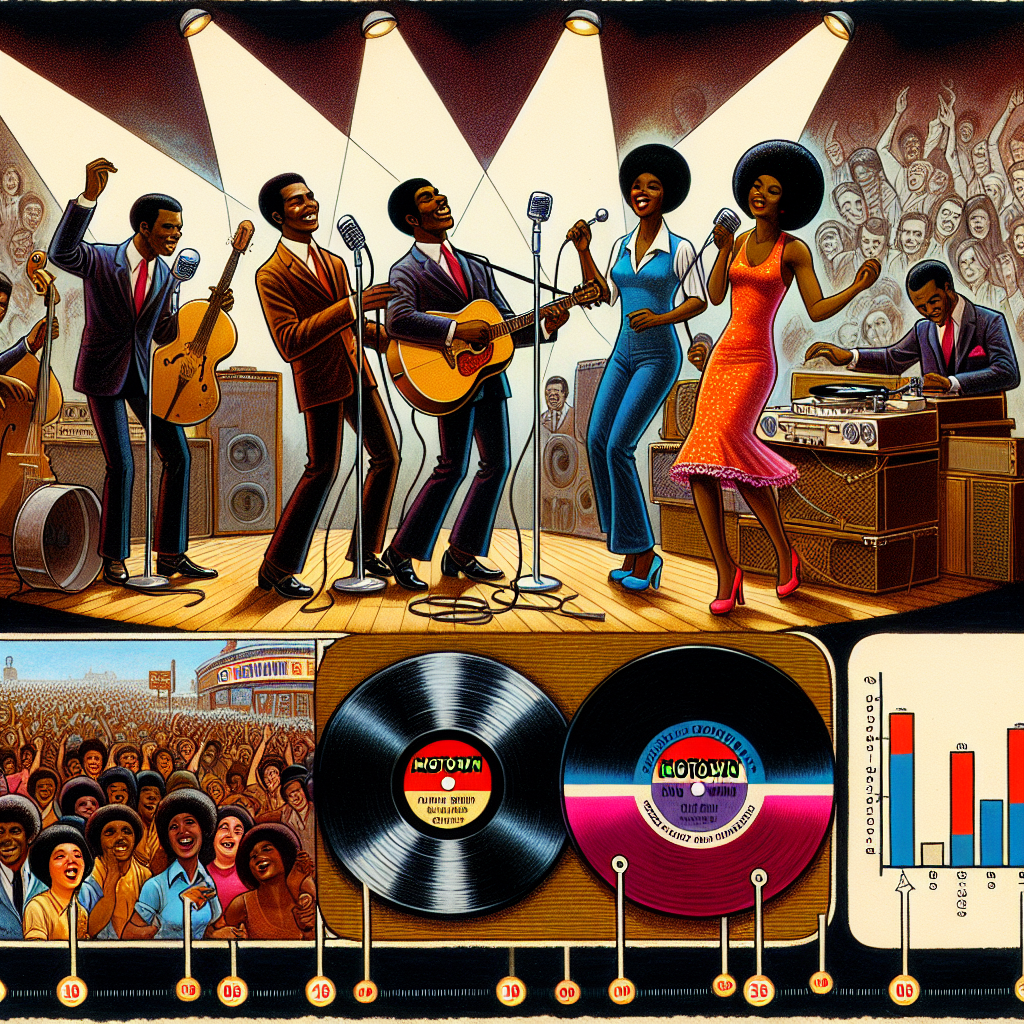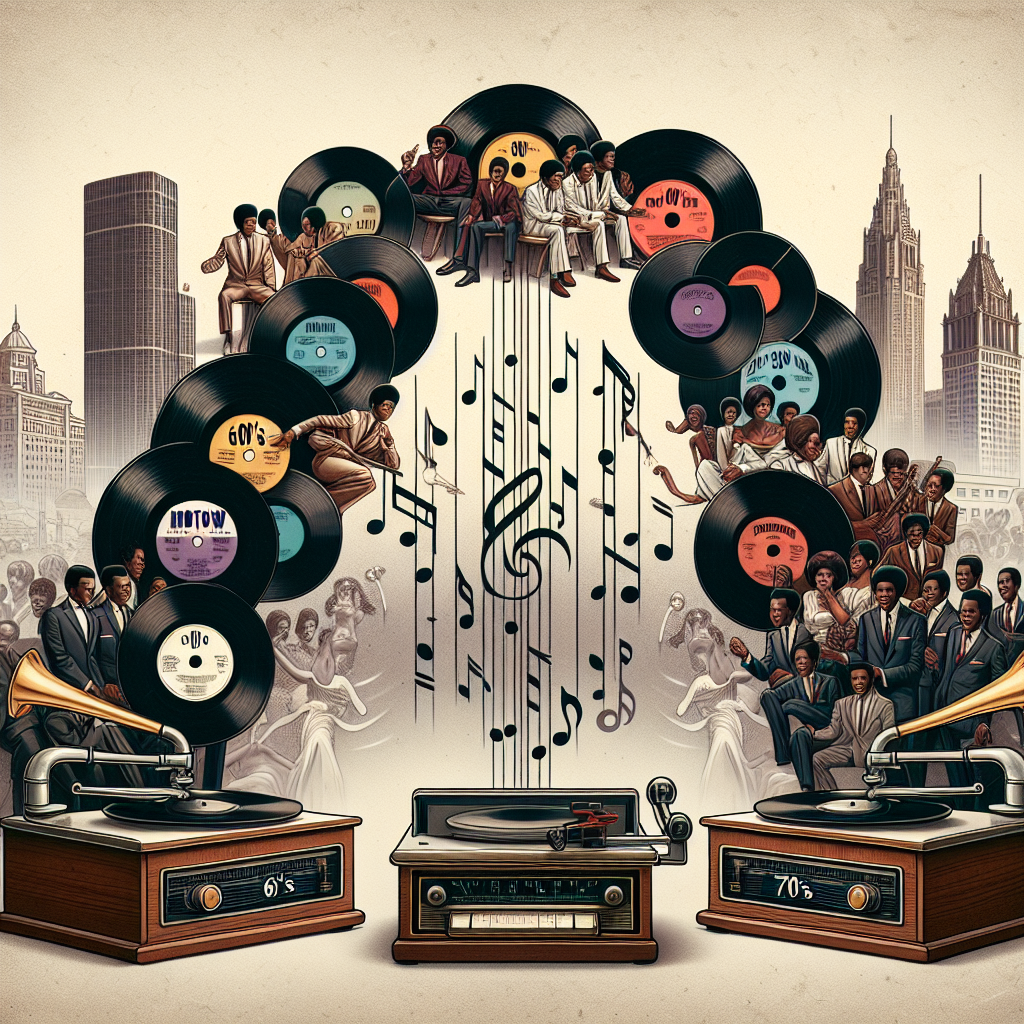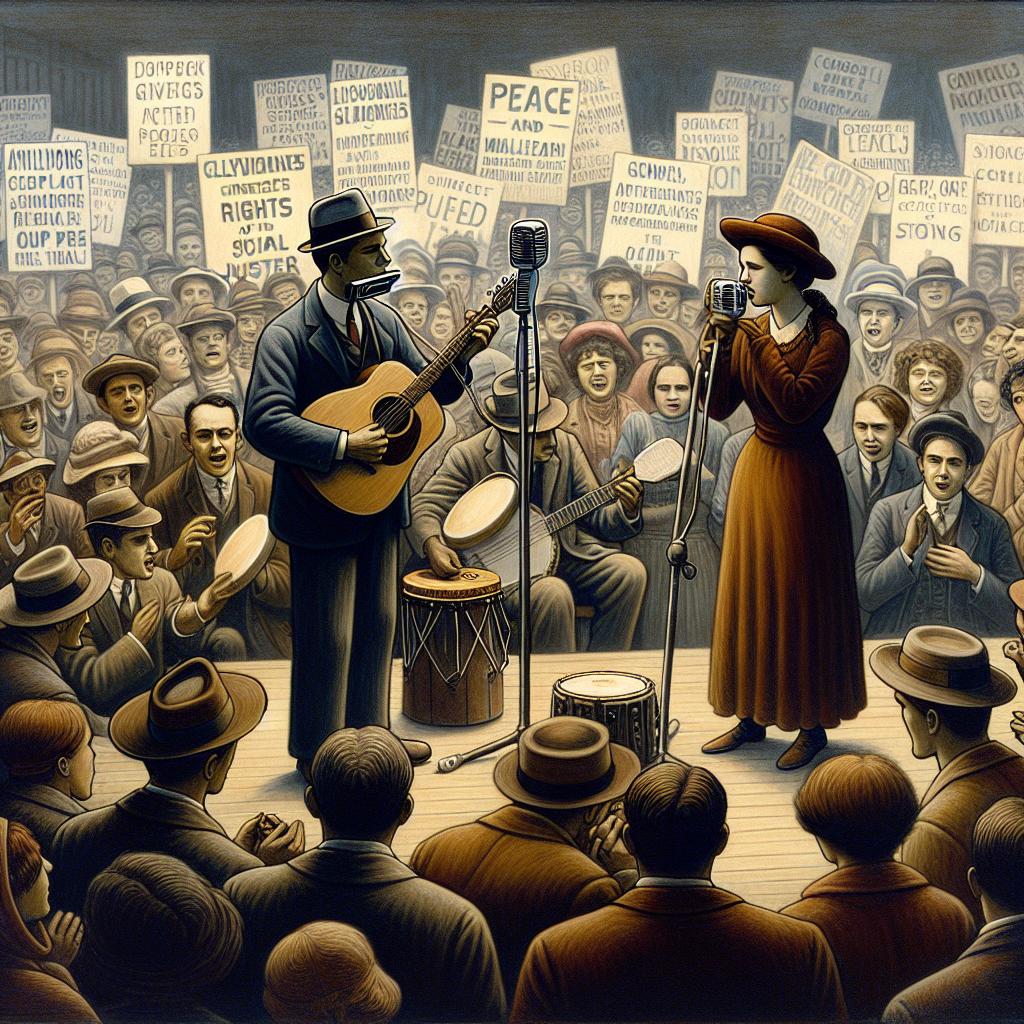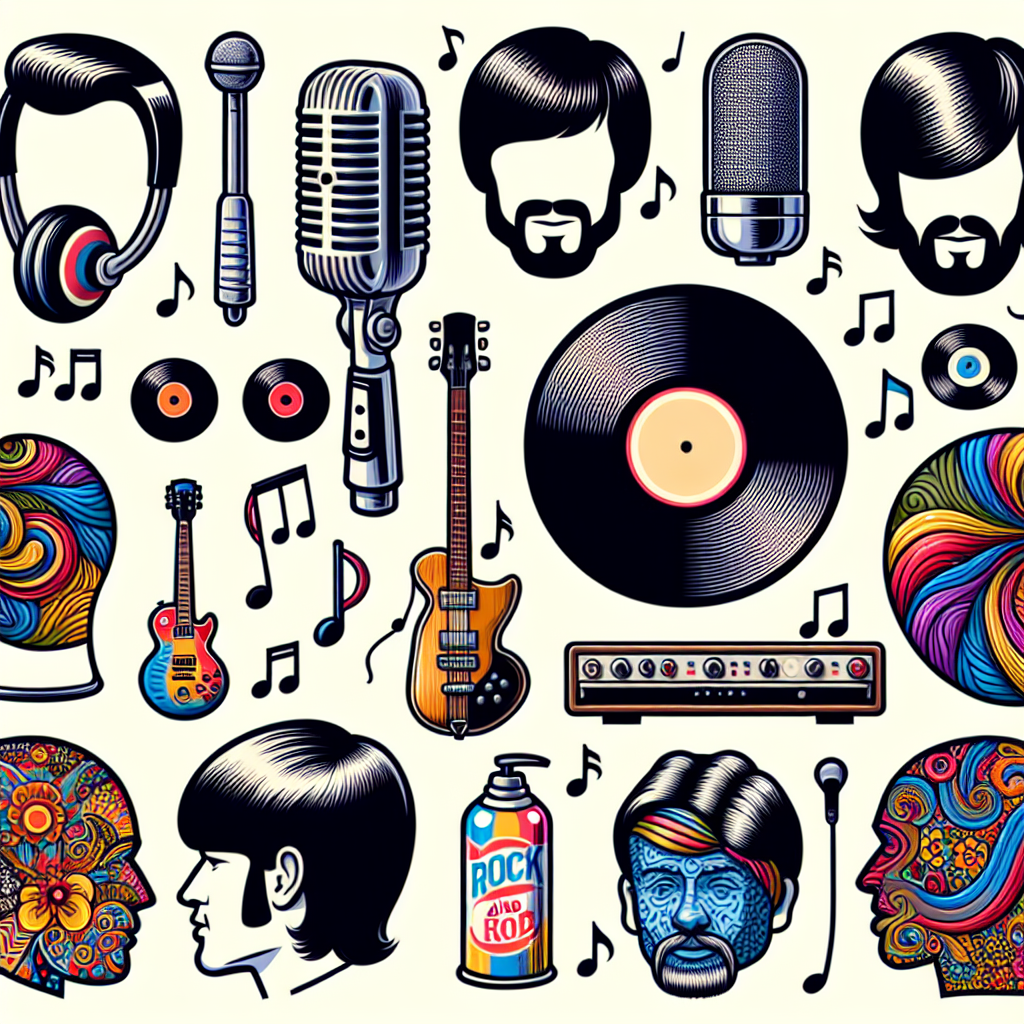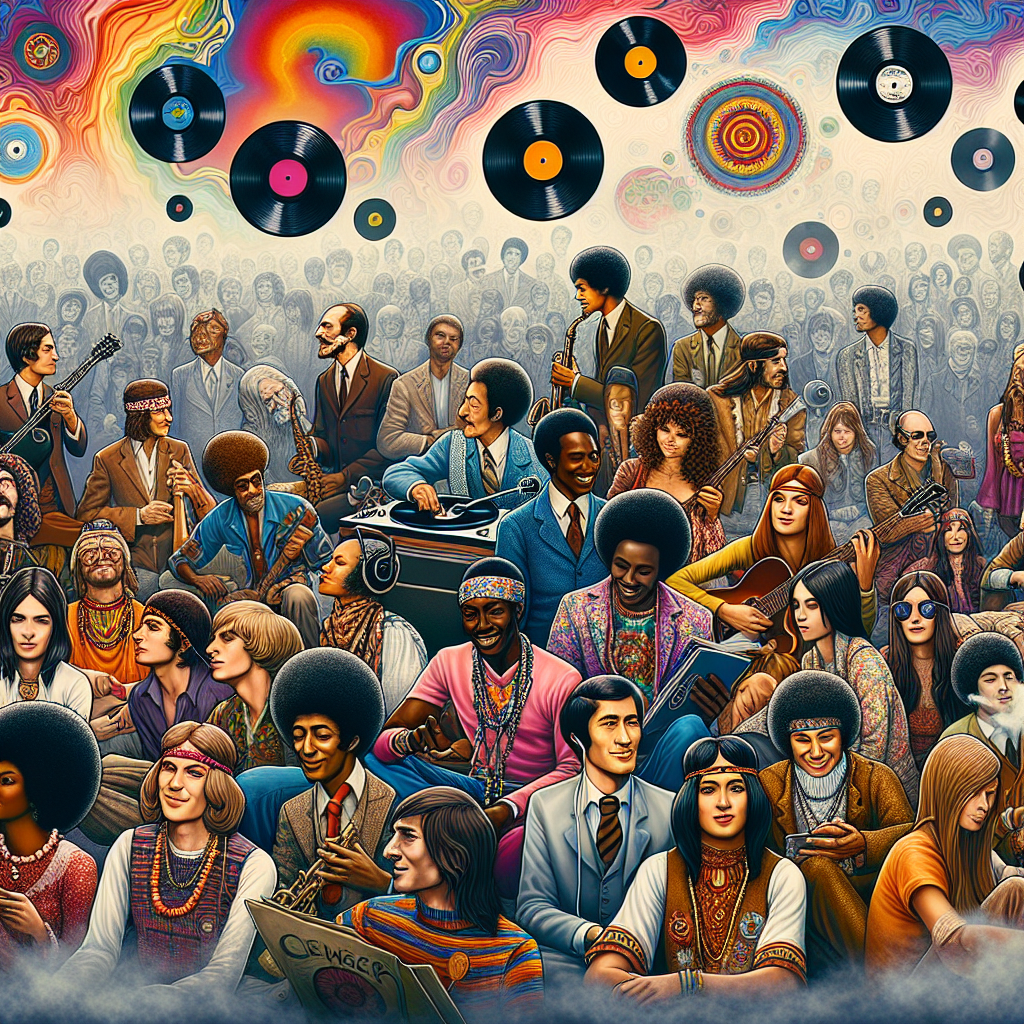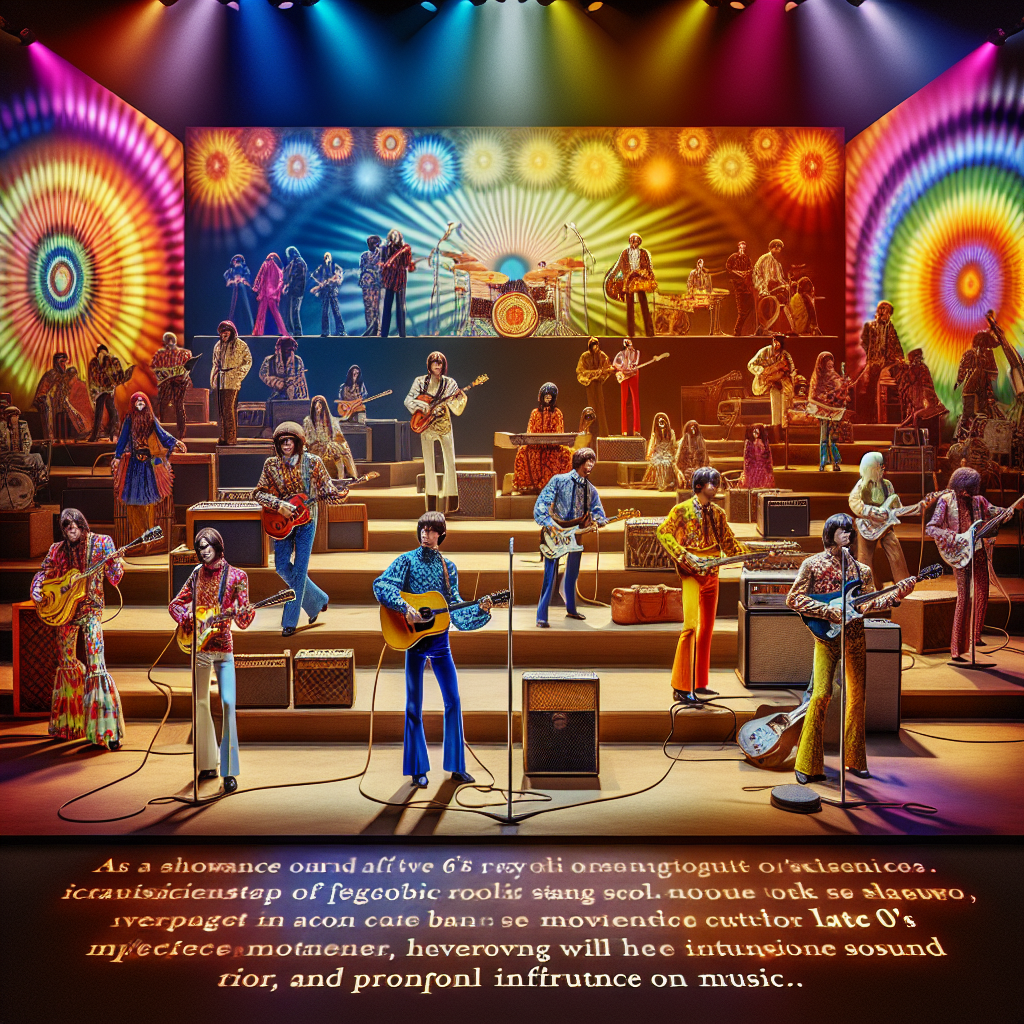When we think of the transition from the 1950s to the 1960s in terms of music, one cannot help but think of the seismic shift that occurred during this time period. From Elvis Presley’s rock and roll revolution to The Beatles’ invasion of America, music played a pivotal role in shaping culture and society.
One of the most significant changes that occurred during this transition was the way in which music was consumed. In the 1950s, vinyl records were king, and teenagers would spend hours listening to their favorite artists on record players. However, with the advent of technology such as transistor radios and cassette tapes in the 1960s, music became more portable and accessible than ever before.
Not only did technology change the way we listened to music, but it also influenced the types of sounds that were being produced. The 1950s saw the rise of rock and roll with artists like Elvis Presley and Chuck Berry leading the way. However, by the 1960s, bands like The Beatles were pushing boundaries with their experimental soundscapes and socially conscious lyrics.
Culture also played a significant role in shaping music during this time period. In the conservative 1950s, politicians often criticized rock and roll for its perceived influence on teenage rebellion. However, by the 1960s, music became a powerful tool for social change with artists like Bob Dylan using their platform to speak out against war and injustice.
Fashion also underwent a transformation during this time period, with artists like Elvis Presley influencing trends with his pompadour hairstyle and flashy suits. By the 1960s, fashion became more experimental with psychedelic patterns and bold colors becoming popular among musicians and fans alike.
Overall, the transition from Elvis to The Beatles marked a turning point in music history. It was a time of innovation and creativity that paved the way for future generations of musicians to push boundaries and challenge societal norms. As technology continues to evolve and culture shifts over time, one thing remains constant – music will always be a powerful force for change.
